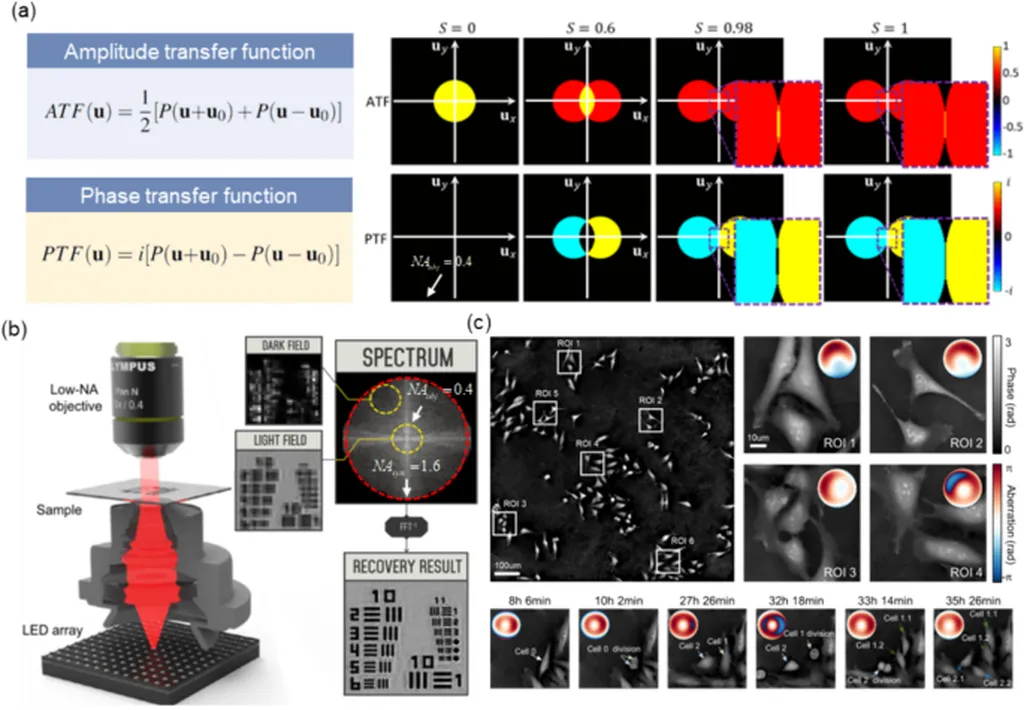In the rapidly evolving world of high-resolution image analysis, a groundbreaking study led by Marko Mihajlovic from the Faculty of Informatics and Computing at Singidunum University in Belgrade, Serbia, is set to revolutionize instance segmentation. This research, published in the journal *Mathematics* (translated from Serbian as “Mathematics”), addresses critical challenges in high-resolution image processing, offering significant advancements for industries such as remote sensing, medical imaging, and precision agriculture.
Instance segmentation, the process of identifying and delineating individual objects within an image, is fraught with difficulties, especially when dealing with high-resolution images. Small object sizes, irregular shapes, and occlusions can obscure accurate detection. Traditional tiling-based approaches, like Slicing-Aided Hyper Inference (SAHI), have been employed to manage these complexities by breaking down large images into smaller, more manageable patches. However, these methods often introduce border artifacts and increase computational costs. Overlapping tiles can help mitigate some boundary effects but frequently result in duplicate detections and boundary inconsistencies.
Mihajlovic’s research introduces a novel solution to these persistent issues. “Our goal was to enhance the accuracy and efficiency of instance segmentation in high-resolution images,” Mihajlovic explains. “We developed Spatial Mask Merging (SMM), a graph clustering approach that integrates pixel-level overlap and boundary distance metrics. This method leverages R-tree indexing for efficient candidate retrieval, significantly improving both accuracy and computational performance.”
The study evaluated SMM on the iSAID benchmark, a comprehensive dataset for instance segmentation in aerial images. The results were impressive, with a nearly 7% increase in precision and consistent gains in F1 score and Panoptic Quality over existing approaches. The integration of R-tree indexing not only facilitated faster candidate retrieval but also enabled substantial computational performance improvements.
The implications of this research are far-reaching, particularly for the energy sector. High-resolution image analysis is crucial for monitoring infrastructure, detecting anomalies, and optimizing resource management. Enhanced instance segmentation can lead to more accurate and efficient monitoring of energy facilities, such as solar farms and wind turbines, ensuring optimal performance and minimizing downtime.
Moreover, the advancements in instance segmentation can significantly impact precision agriculture, a field increasingly reliant on high-resolution imagery for crop monitoring and yield optimization. Accurate segmentation of crops and detection of pests or diseases can lead to more targeted and effective agricultural practices, ultimately improving crop yields and sustainability.
As Mihajlovic notes, “The integration of SMM and R-tree indexing represents a significant leap forward in the field of instance segmentation. It not only addresses the challenges of high-resolution image processing but also paves the way for more efficient and accurate applications across various industries.”
This research is poised to shape future developments in high-resolution image analysis, offering a robust framework for addressing the complexities of instance segmentation. As industries continue to rely on advanced imaging technologies, the innovations introduced by Mihajlovic and his team will undoubtedly play a pivotal role in driving progress and efficiency.

